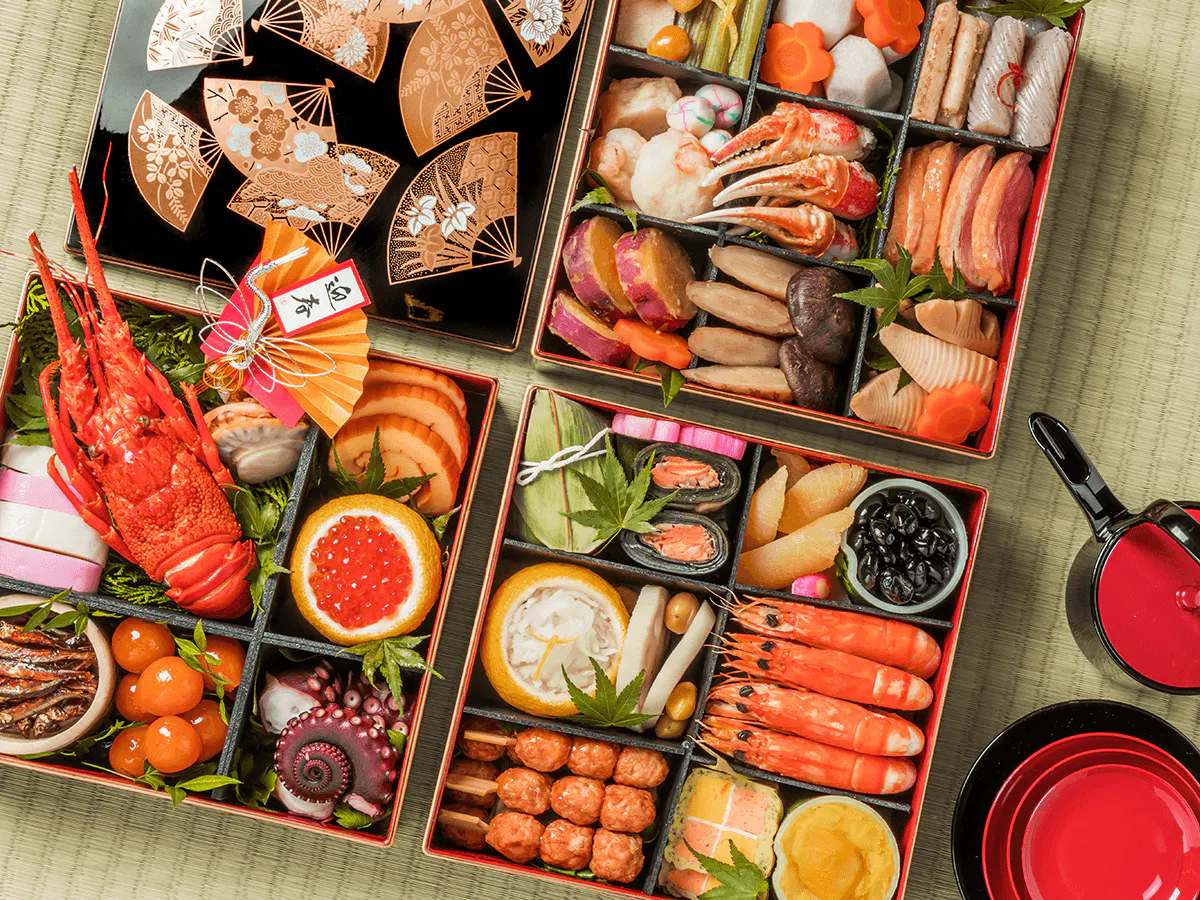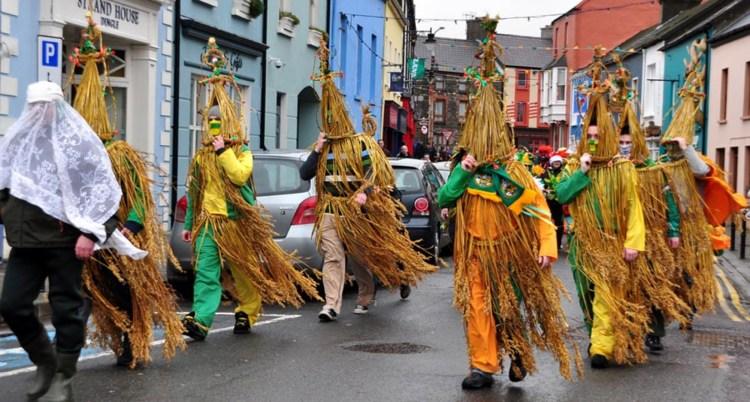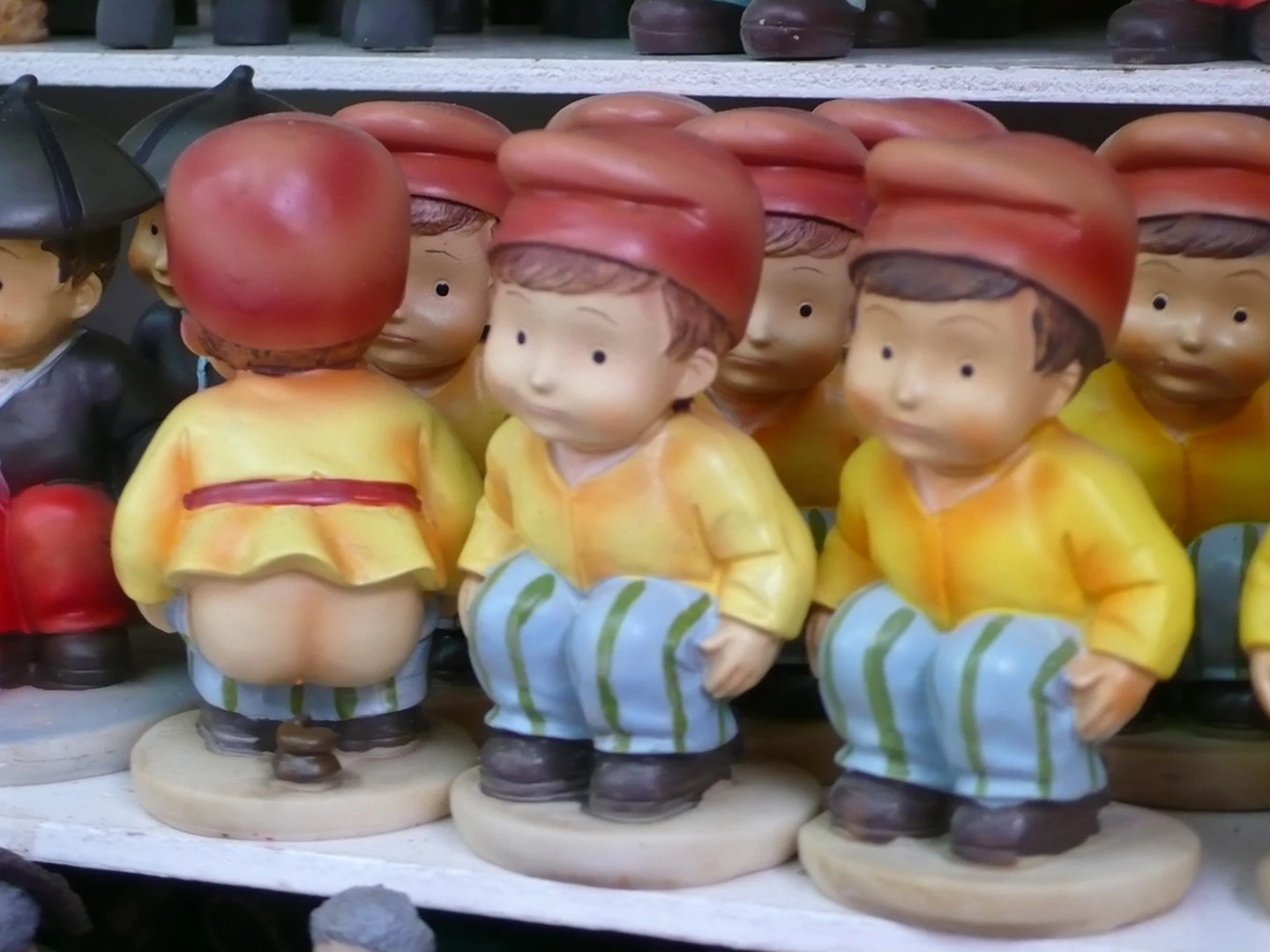Christmas is coming, and we all know what that means: presents, family time, feasting and fingers crossed, no turkey shortage. But of course there’s more to Christmas than material pleasures; there are traditions that have been around for centuries, with each country adding their own spin on it. So let’s take a little trip around the world, to see how other people celebrate that most wonderful time of the year.

International Food
Christmas in Japan, for example, means eating a traditional meal called ‘Osechi’, which contains all kinds of fish and vegetables like chestnuts and beans wrapped up in seaweed. And because it’s supposed to be lucky at all times during the New Year period, many Japanese people eat this meal on December 31st too. In Mexico, they have tamales instead. Corn dough with either chicken or pork inside served with salsa sauce. This tradition dates back to pre-Hispanic times when Aztecs celebrated festivals in other less human-friendly ways.
Weird But Wonderful
Another interesting tradition is in Cuba, where they decorate their homes upside down pineapples. The tradition dates back to the 16th century when sailors brought pineapple plants from South America. People were amazed by how this plant grew and started using it as a decoration for their houses because its leaves looked like flames. And for New Year, every family member has to wear new clothes on December 31st, so nobody feels left out.
Presents
In many parts of Europe, presents are given out during midnight mass and on Christmas Eve. People bring small packages filled with sweets or fruit, which they give away to the churchgoers. In Poland, presents are not openned until January 1st because it’s considered bad luck if you open them before that time. In Peru, on the other hand, children put their shoes in front of a fireplace, and Santa Claus fills them with presents.

Christmas Carols
In Northern Ireland, they have ‘Wrenboys’. Groups of men dress as wrens and travel around singing carols to raise money for charity. Then, on December 28th, they go house by house where people give them food or money. And if no one’s home, then they just leave some greenery outside instead. Nowadays, this tradition is prevalent during Christmas time, but it dates back all the way to 1612. It was started by Catholic rebels who used to sing traditional Irish songs and put a dead wren in each house.
Christmas Eve
In Poland, they celebrate Christmas Eve instead of the 25th. This is because it marks Christ’s birth date according to the old Julian calendar. It was used before 1582 when Pope Gregory XIII introduced new rules for leap years (he also created our modern day Gregorian calendar). On that night, many Polish families gather together, eat special foods like carp or ‘opłatek’ bread and open presents. Then they sing carols until midnight mass starts at their local church, where people give donations afterwards. Some Poles believe an animal called ‘Jednorożec’ (unicorn) brings them money if they leave hay for him on Christmas Eve.
Lucky Paper
A lot of Poles also have a tradition of decorating their homes with paper flowers. It is believed that everything made out of paper brings good luck, so they use this material to make things like trees and hearts in red and white (the colours representing Poland’s flag).

Scenes In The Orchards
The Catalonian tradition called ‘La Caganer’ originated in the 17th century when people put nativity scenes in their orchards because they thought shepherds would be attracted to them too. But some farmers wanted their own scene to stand out more than others. So of course, there was one shepherd taking care of his business (doing a number 2) in the middle of a nativity scene and it became a thing. So these days, there are shops selling caganers (people who take care of their business) all year round. People put these figures anywhere they want, from inside nativity scenes to dressing them up as famous people like Barack Obama or Queen Elizabeth II. There’s no limit on creativity here. And one more thing: men and women and children can be caganers too because it’s seen as something fun rather than offensive.